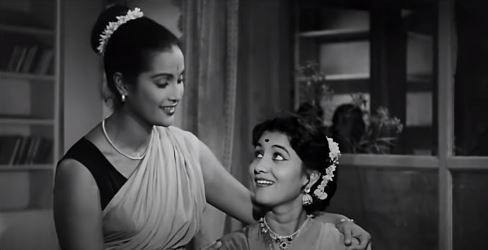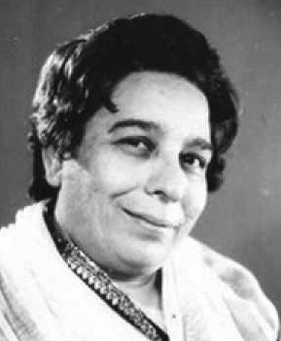One playback singer sings for two (or, in some cases, more than two) people who lip-sync to the song onscreen. Within the same song, not two different versions of the song.
You’d have thought that wouldn’t be very common, given that a lot of our playback singers have had such distinctive voices that you wouldn’t expect two people in the same setting to be singing with that same voice. But then, reality and Hindi cinema have never been the best of friends; and anyway, there were probably other considerations: one singer is cheaper than two; it’s easier to get recording dates if you don’t have to juggle dates for two people; and all said and done, Hindi cinema is all about the willing suspension of disbelief. If three women (or four, or five) can all ‘sing’ in Shamshad Begum’s voice, so be it.
Continue reading



